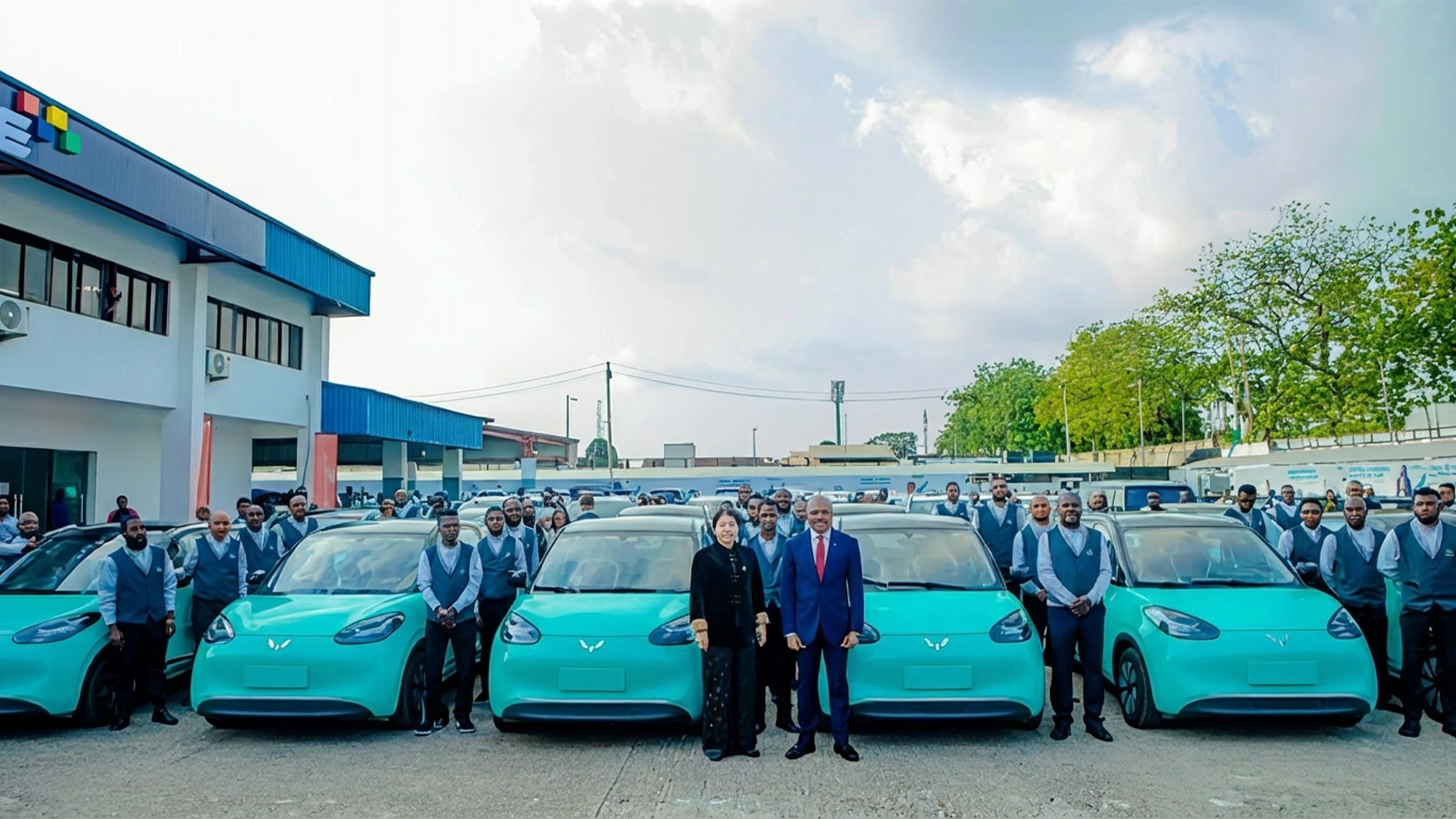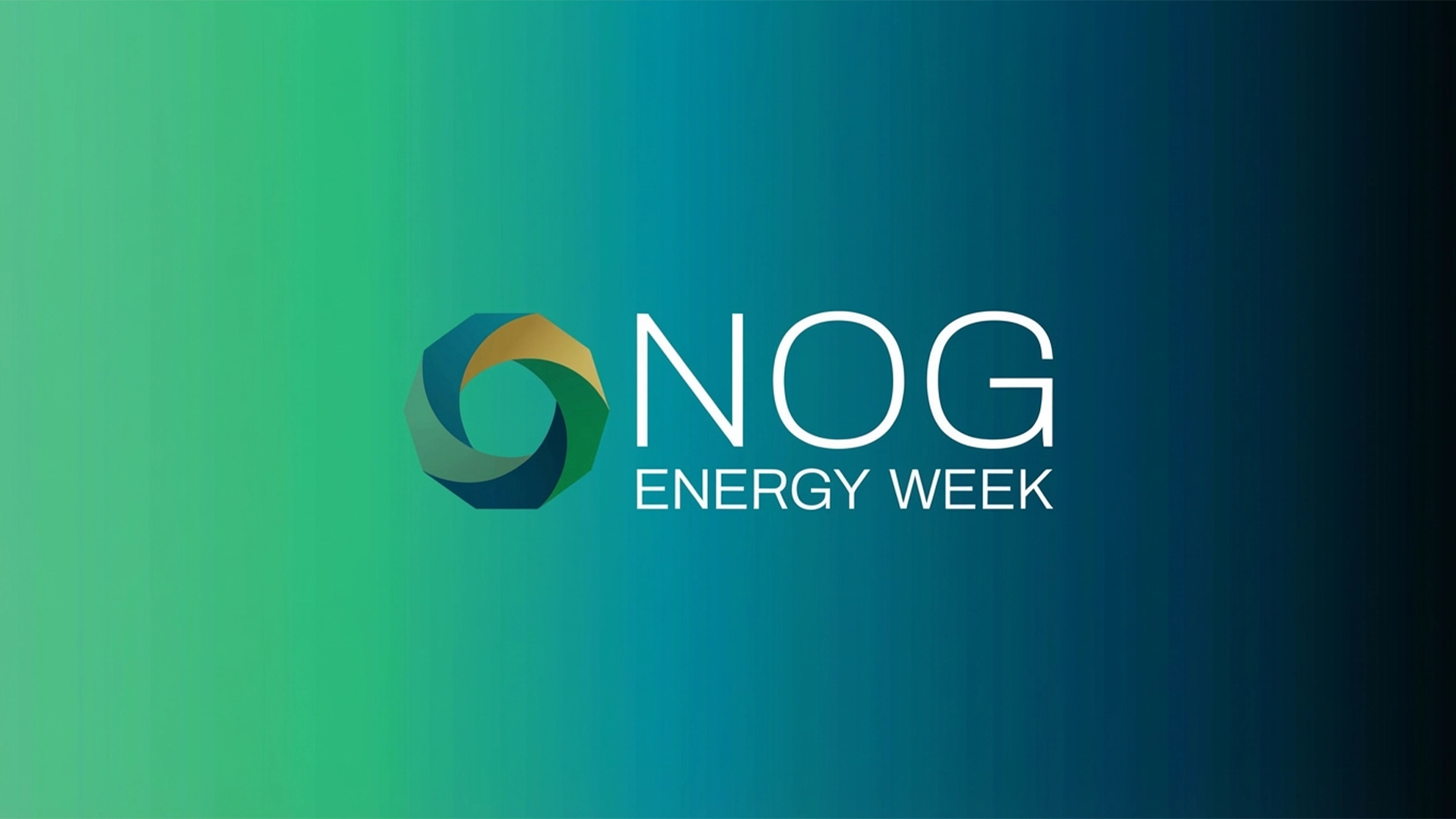Technology firm, OADC, has made additional stake with the launch of its Open Access Fabric (OAFabric) platform in Nigeria, targeted at unlocking secure and seamless cloud access in the country and Africa as a whole, after its earlier $500 million investment.
OADC, a subsidiary of the West Indian Ocean Cable Company (WIOCC), said OAfabric will tackle regional interconnection challenges and ensure scalable peering system.
Speaking with journalists in Lagos, Chief Executive Officer of OADC, Dr Ayotunde Coker, described OAFabric as a game-changer for Africa’s digital economy, designed to tackle long-standing barriers such as high transit costs, unreliable connectivity, and limited access to global cloud platforms.
Coker, who disclosed that the new platform is now live and operational in both Nigeria (OADC Lagos) and the DRC (OADC Texaf – Kinshasa), providing businesses with the ability to overcome many of the structural barriers holding back digital transformation across the region, said: “OAFabric is not just infrastructure, it represents a shift in what is possible for Nigeria’s 200 million-plus population.
“It enables direct, low-latency and secure access to global cloud providers, reduces costs, and creates an environment where enterprises can scale faster.”
According to him, for too long, organisations have faced real constraints, including limited access to international and local content, high Internet transit costs, latency and inconsistent network performance, gaps in local infrastructure such as colocation space, power and cooling, costly compute environments, bandwidth and cloud services and security, data sovereignty and regulatory complexity.
He said OAfabric’s next-generation, open-access and collaborative digital platform is purpose-built to solve these challenges, saying instead of just adding more infrastructure, it transforms how businesses, cloud platforms and content providers’ interconnect.
Revealing that over $500 million has been invested in digital infrastructure, including data centres, cloud infrastructure in the last eight years by OADC, Coker said the new solution simplifies and accelerates digital exchange by removing the complexity, delays and fragmentation that have long hindered growth.
“For example, if you struggle to deliver consistent user experiences due to unreliable or expensive international routes, the solution will enable direct, low-latency on-ramp peering with global and local cloud and content providers, helping to reduce transit costs and improve performance.
“If regulatory challenges or data sovereignty concerns are restricting cloud adoption in your sector, the solution offers compliant interconnection pathways that keep your data local, secure and under your control.
“If the lack of local digital ecosystems is restricting your ability to scale or launch services, OAfabric offers a solution. It creates open, carrier-neutral environments where networks, content providers, cloud platforms and enterprises can interconnect quickly and affordably, making market expansion faster and more efficient.
“We designed OAfabric around the real challenges African businesses face,” said Coker, adding, “It is about solving problems – reducing the cost to compute, improving performance, unlocking access to cloud and content, and creating an environment where companies can scale with confidence while accelerating time to market.”
Coker, who said the platform now provides connectivity at scalable speeds of 1G, 10G, and 100G, allowing businesses of all sizes to connect to global platforms such as Microsoft Azure, Google Cloud, and Amazon Web Services, disclosed that it also creates open, carrier-neutral environments where networks, content providers, and enterprises interconnect seamlessly.
According to him, the new solution aligns with the National Information Technology Development Agency (NITDA)’s cloud policy, which prioritises secure and locally anchored cloud services.
Coker added: “OAfabric is not just infrastructure; it represents a shift in what is possible for Africa’s digital economy. By removing barriers and enabling seamless, high-performance peering between key ecosystems, including local and global Internet Exchange Points (IXPs), content providers, cloud platforms and enterprises, it provides the frictionless interconnection needed to access digital services more efficiently.”
On his part, Head of Converged Digital Infrastructure Africa at OADC, Obinna Adumike, explained that the solution reduces latency by at least 50 per cent compared to traditional Internet routing.
According to him, Nigerian businesses can now experience as little as 50 milliseconds in connectivity between Lagos and major European hubs such as London, Amsterdam, and Marseille.






